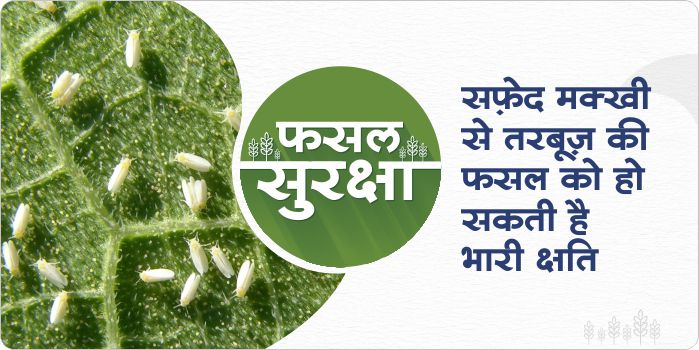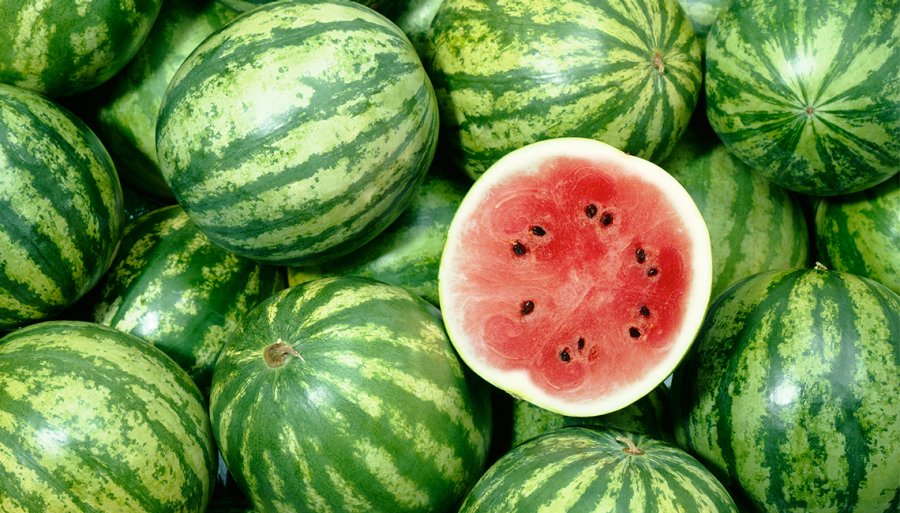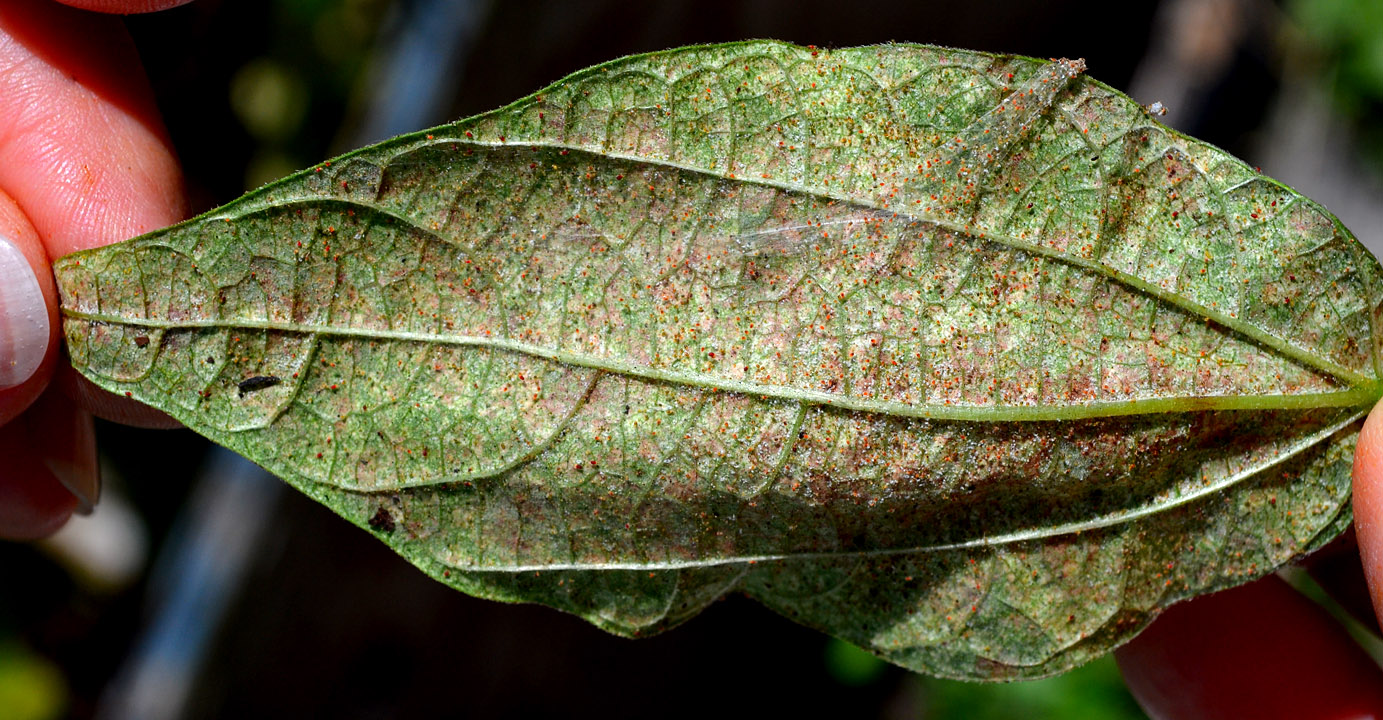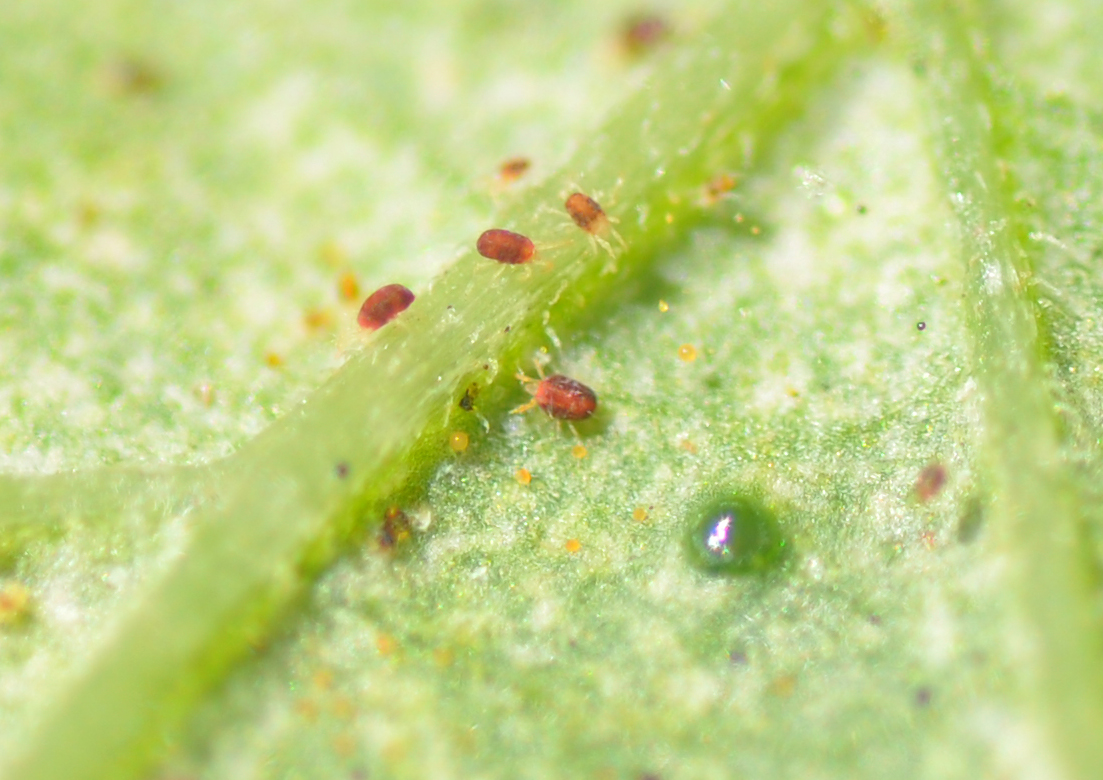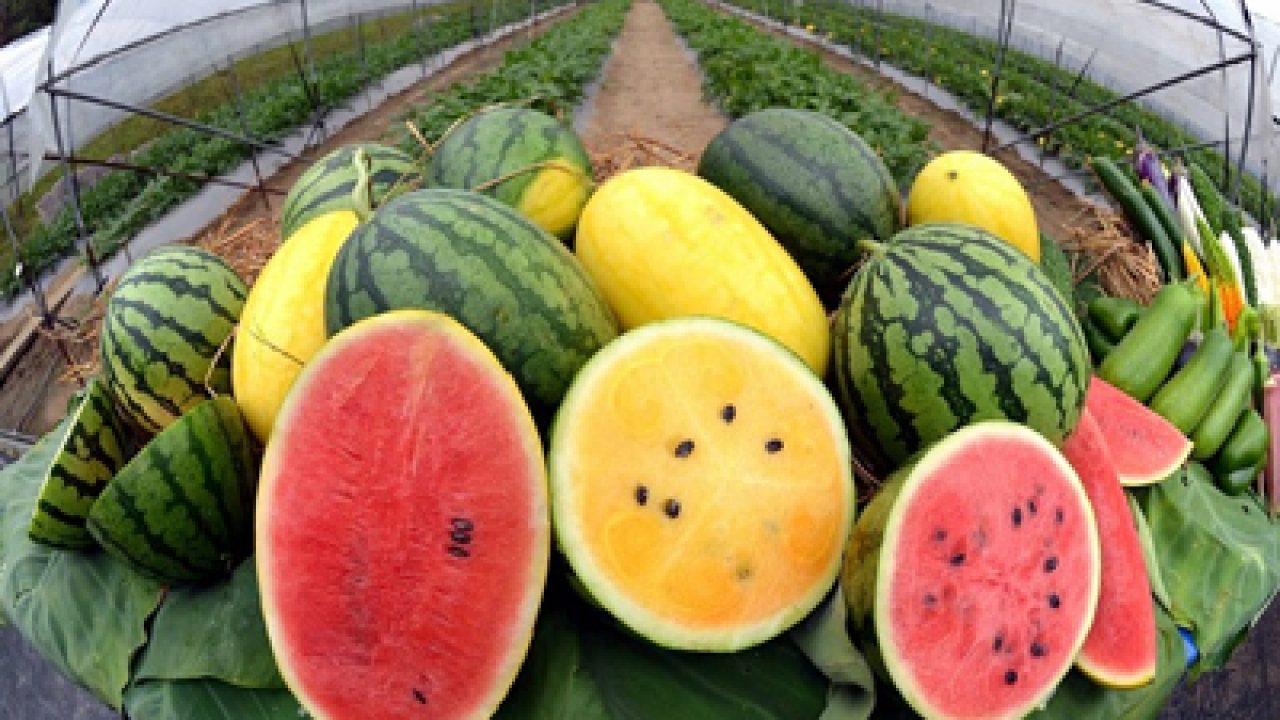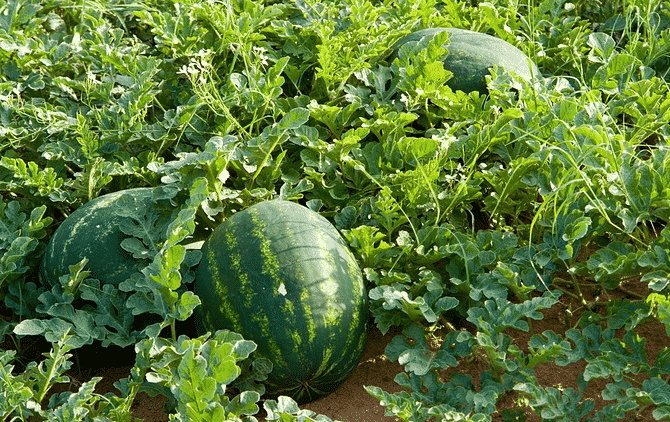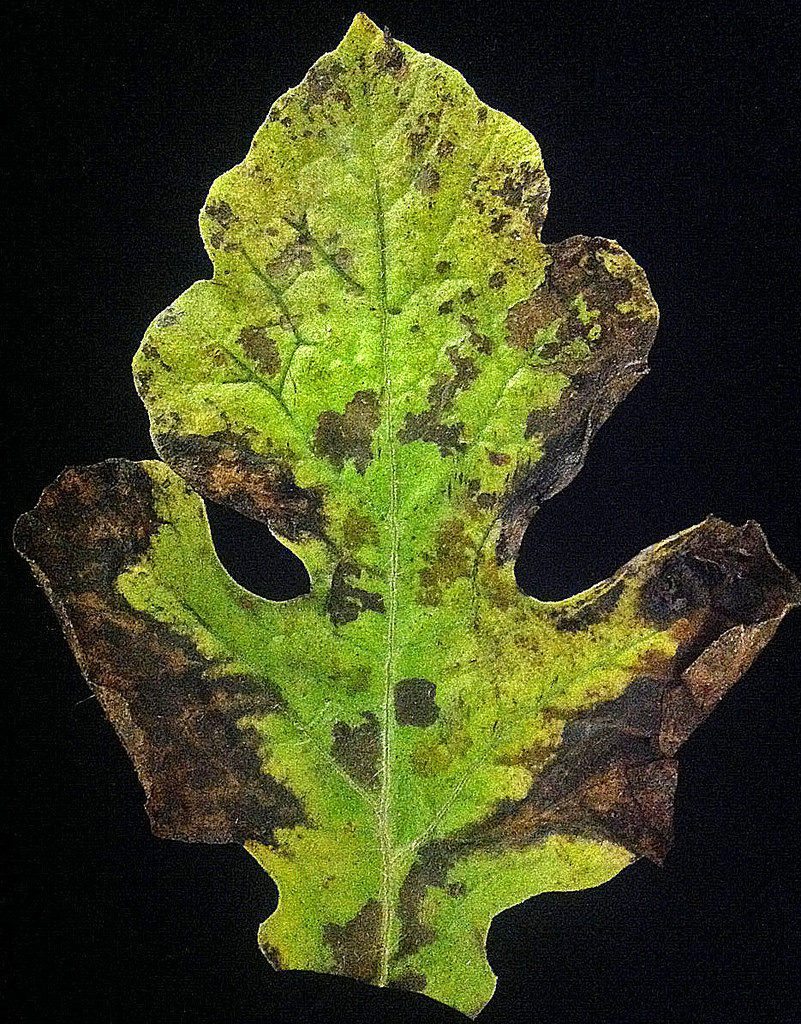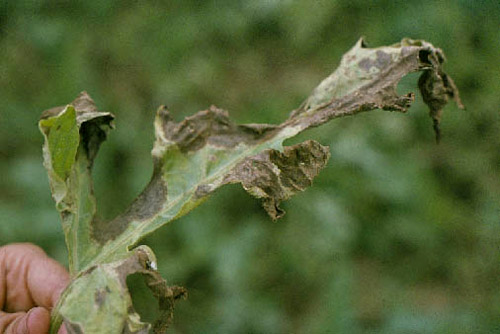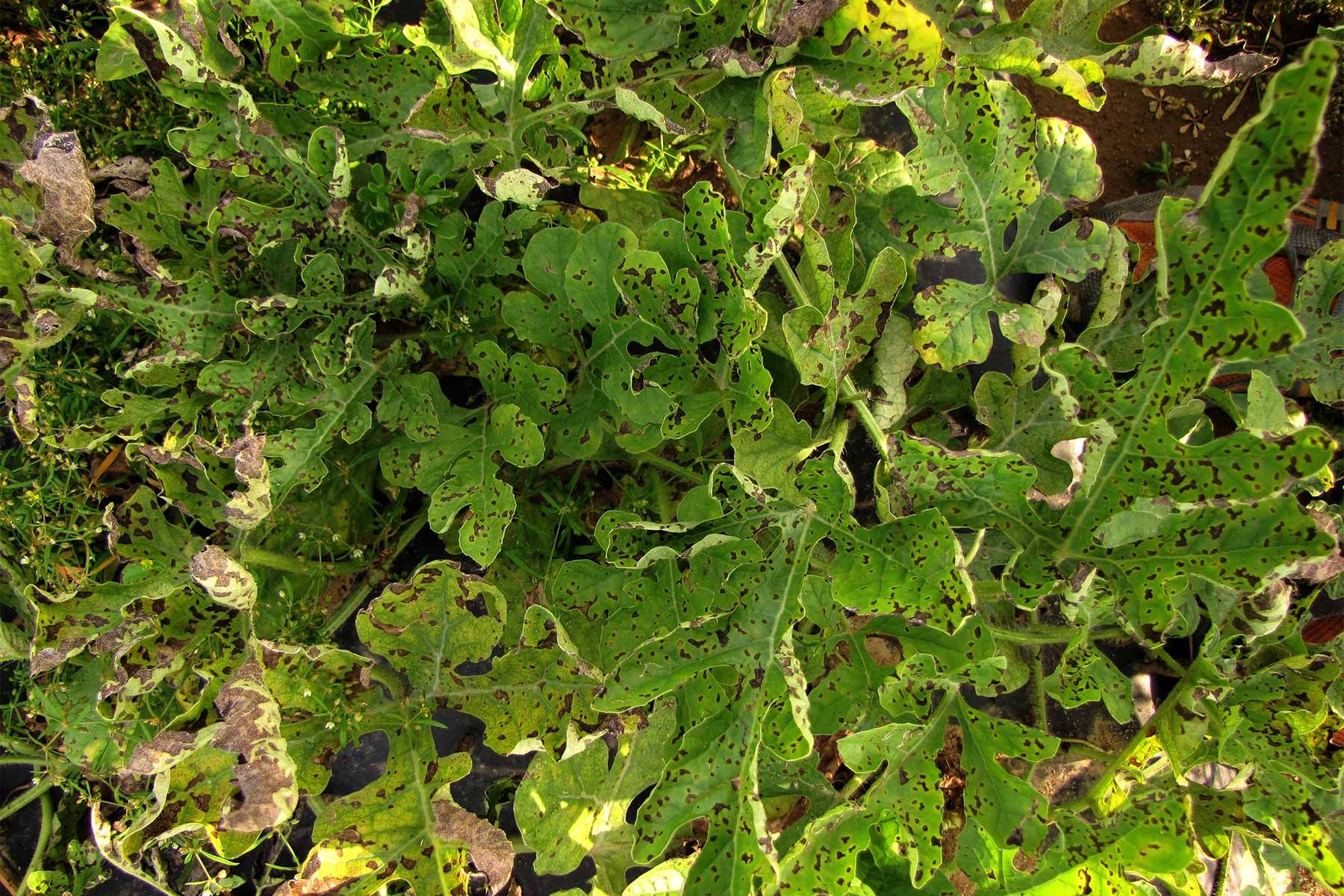- Nymphs and adults suck the cell sap from the leaves.
- The affected leaves curl and dry.
- The affected plants show stunted growth.
- Whiteflies are also responsible for transmitting yellow vein mosaic virus or leaf curl disease.
- 4-5 foliar spray of dimethoate 30% EC @ 300 ml/acre or profenophos 50% EC @ 400 ml/acre at 10 days intervals.
Watermelon is very beneficial in summer season
- Watermelon contains 92% water, which keeps the body cool, fresh and hydrated.
- Its consumption also protects us from hot air (Loo) in summer.
- Watermelon contains antioxidants that strengthen the immune system. It also reduces calories which controls obesity.
- Vitamin C is found in plenty in watermelon, which helps in the formation of the upper skin of the body and care, and vitamin C increases the body’s ability to fight against diseases.
- Its intake helps to balance blood pressure.
Management of Red Spider Mites in Watermelons –
Following steps can reduce the growth of Red spider mites in watermelons-
- Spray neem oil on the under surfaces of the leaves in the early morning, ideally before sunrise.
- Spray Proparite 57% EC @ 400 ml/acre or
- Spray abacin (Abamectin 1.8% EC) @ 150 ml/acre
Identification of Red Spider Mites in Watermelons:-
- Larvae, nymphs and adults of mites lacerate leaves from their downside.
- They suck the cell sap resulting in the production of white patches between vein and leaves.
- In case of extreme infection, mites form a mesh structure on the lower surface of the leaves.
Pinching in watermelon and muskmelon crop
- Pinches are made to prevent overgrowth of watermelon from the plant.
- When there is enough fruit on the oxen of watermelon, then there should be a solution to pinch, which can prevent the bull from failing.
- Pinching and cutting unwanted wounds results in good nutrition for the fruit and the development of the fruits is good.
- If there are too many fruits on a vine, then remove the small and weak fruits so that the normal fruit gets better.
- By removing unnecessary branches, watermelon gets complete nutrition and it grows very fast.
farmers can take more production in melon crops by increasing the number of flowers
- We can promote flowering and take high yield through the given below products.
- Spray Homobrassinolide 0.04% W/w 100-120 ml/acre.
- Apply seaweed extract 180-200 ml/acre.
- Use multi-Micro nutrients 300 Gm/acre.
- The effect of this spraying remains on the plant for 80 days.
Management of gummy stem blight in the pumpkin, watermelon, melon crop
- Choose healthy seeds.
- Inspect transplantation and uproot the infected plants and leave the farm out of the field.
- spray chlorothalonil 75% WP @ 350gm / acre or
- spray tebuconazole 25.9% EC @ 200 ml / acre solution.
How to identify Gummy Stem blight disease in the pumpkin, watermelon, melon crop.
- In this disease, infection is visible on almost every part of the plant except the roots.
- A Yellowness/greenness occurs at the edges of the leaves, while spots start occurring on their surfaces.
- The wound is formed on the stem of the plant which is infected by this disease. Then a black-coloured gummy substance starts releasing from this wound.
- On the string, brown spots become black spots which later go to the wound.
- In bottle gourd seeds have medium-brown, dark spots.
Management of Downy Mildew in watermelon crop
- Plucking and destroying affected leaves helps in reducing Downy Mildew in watermelon crop.
- Plant seeds of disease-resistant varieties.
- Crop rotation and sanitation reduces the severity of the disease.
- Drench with thiophenate methyl 70% WP at the rate of 300 gm/acre.
- Spray Metalaxyl 8%+Mancozeb 64% WP at the rate of 500 gm/acre.
- Spray pseudomonas fluorescens @ 500 gram/acre.
How to identify Downy Mildew in watermelon crop
- Water-soaked lesions appear under the surface of leaf lamina.
- Angular spots appear on the upper surface similar to water-soaked lesions.
- Lesions appear first on the older leaves and progressive on the younger leaves.
- As the lesions expand, they may remain yellow or become dry and brown.
- Affected vines do not bear fruits properly.

